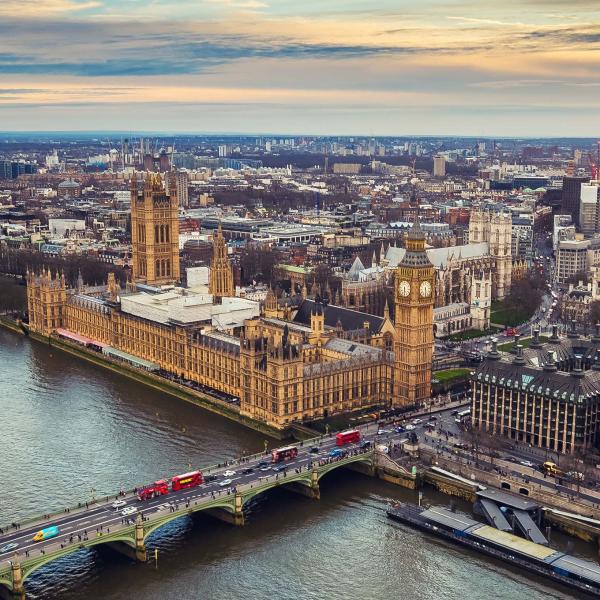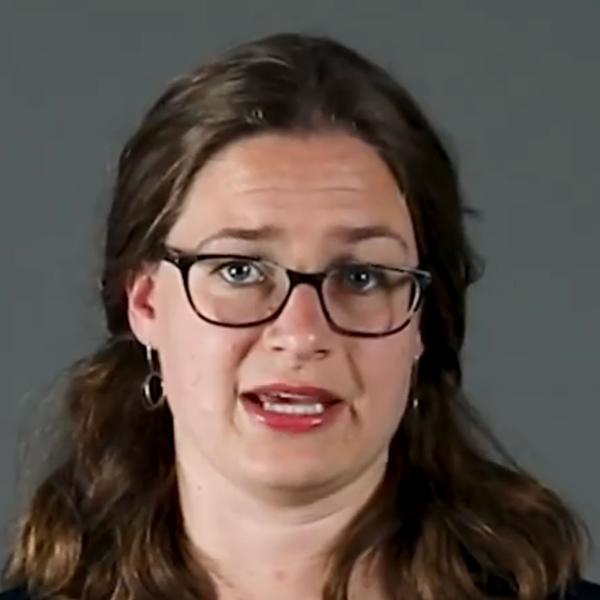This has driven a £3.5 billion increase in the high-needs budget, which has used up nearly half of the £7.6 billion increase in school spending since 2015.
Average teacher pay is 6% lower in real terms than in 2010, and about the same level in real terms as in 2001. This may help explain some of the recruitment and retention problems in the teacher labour market.
Spending on school buildings is about 25% lower than in the mid 2000s and about 40% below what the government thinks is needed to ensure school buildings are in a good state of repair.
Pupil numbers are expected to fall by more than 5% over the next parliament. This could create opportunities for savings, which may help offset the 2–3.5% cuts currently projected for unprotected areas of public service spending. However, realising savings would almost certainly require workforce reductions and/or school closures.
These are some of the key findings of a new election briefing on school funding in England by researchers at the Institute for Fiscal Studies, published today and funded by the Nuffield Foundation.
Key findings include:
• Past cuts to spending per pupil. Between 2010 and 2019, total school spending in England rose by 1% in real terms. But since total pupil numbers grew by 11% over this period, school spending per pupil fell by 9%.
• Reversal of past cuts. Since 2019, there has been a £6 billion (or 11%) real-terms increase in total spending. This has enabled spending per pupil to return to the same real-terms level as in 2010.
• No growth in spending per pupil over 14 years is without precedent in recent history. The long-run average growth in spending per pupil is about 2% per year in real terms. Under Labour governments from 1997 to 2010, spending per pupil rose by an average of 5–6% per year in real terms.
• Rapid increases in school costs. We estimate that schools’ costs will grow by 4% in 2024 (compared with economy-wide inflation of 1%). This reflects increases in staff pay and rising food and energy costs. This could leave the purchasing power of school budgets about 4% lower than in 2010.
• Rising levels of special educational needs. The number of pupils with the highest levels of documented special educational needs increased by over 60% from 220,000 in 2015 to 360,000 in 2022. This was mostly driven by a near-doubling in the number of pupils recorded as having autism, speech and language needs, and social, emotional and mental health needs.
• Real-terms cut to teacher pay. Average teacher pay across the UK in 2024 is about 6% lower in real terms than in 2010 and, remarkably, at about the same real-terms level as in 2001. In contrast, economy-wide average earnings are due to about 6% higher in 2024 than in 2010, about 18% higher than in 2001. These declines in teacher pay relative to average earnings may help to explain why teacher recruitment is significantly behind targets and why 1 in 10 teachers currently leave the state sector each year.
• Capital spending on school buildings is low in historical terms and low relative to needs. The three-year average for spending on school buildings up to 2023–24 is about 25% lower in real terms than the three-year average up to 2008–09. The government has allocated about 40% less than its own assessments of how much is needed to ensure school buildings are maintained in a fit state.
• A 5% fall in pupil numbers could create some opportunities for savings. If the incoming government maintained spending per pupil in real terms, this could generate savings of £3.5 billion by 2028. Such savings may be difficult to realise in practice. With the vast majority of school spending being on staff, savings can only really be delivered with workforce reductions and/or school closures. If total school spending was instead frozen in real terms for the next parliament, spending per pupil would be increasing at a rate of 1.5% per year, somewhat below the long-run average of 2% per year.
Luke Sibieta, IFS Research Fellow and author of the report, said:
‘A £6 billion increase in English school funding since 2019 has reversed past cuts to spending per pupil and leaves spending per pupil about the same level in real terms as in 2010.
‘Looking to the coming parliament, policymakers are caught between a rock and a hard place. On current plans, many other areas of public service spending appear to be facing cuts under either a Conservative or a Labour government. An incoming government might thus be tempted to cut school spending in response to falling pupil numbers. Realising such savings could be easier said than done as it would likely require workforce reductions and, perhaps, school closures. This is probably why policymakers have shied away from making cuts to total school spending in the past. There is also a growing list of pressures on school spending, which may become harder to address over time, such as the spiralling cost of special educational needs provision, real-terms cuts to teacher pay and a growing backlog of repairs to school buildings.’
Josh Hillman, Director of Education at the Nuffield Foundation, said:
‘The expected 5% fall in pupil numbers over the next Parliament provides a tremendous opportunity for an incoming government to use any savings to address major challenges hampering schools, such as rapidly growing rates of special educational need, persistent effects of the pandemic period on educational opportunity and outcomes, and teacher supply problems in a number of specialist subjects..’
ENDS
Notes to Editors
1. ‘School spending in England: a guide to the debate during the 2024 general election’ is a report written by Luke Sibieta and will be on the IFS website at 0001 Tuesday 4th June via this URL: https://ifs.org.uk/publications/15672
For embargoed copies of the report, to speak to one of the authors or arrange an interview please contact Kirsty Ridyard [email protected] / 07730 667013.
2. This research has been funded by the Nuffield Foundation (grant number EDO/ FR-000024394). The support of the Economic and Social Research Council via the ESRC Centre for the Microeconomic Analysis of Public Policy (ES/T014334/1) is gratefully acknowledged.
3. The Institute for Fiscal Studies (IFS) is Britain’s leading independent microeconomic research institute. IFS publications are free to view on the IFS website (www.ifs.org.uk), where you can also find more information about our research, governance and funding. Please follow @TheIFS on Twitter for regular updates or contact the Press Office on 07730 667013.
4. The Nuffield Foundation is an independent charitable trust with a mission to advance social well-being. It funds research that informs social policy, primarily in Education, Welfare and Justice. It also funds student programmes that provide opportunities for young people to develop skills in quantitative and scientific methods. The Nuffield Foundation is the founder and co-funder of the Nuffield Council on Bioethics, the Ada Lovelace Institute and the Nuffield Family Justice Observatory. The Foundation has funded this project, but the views expressed are those of the author and not necessarily of the Foundation. Visit www.nuffieldfoundation.org.









